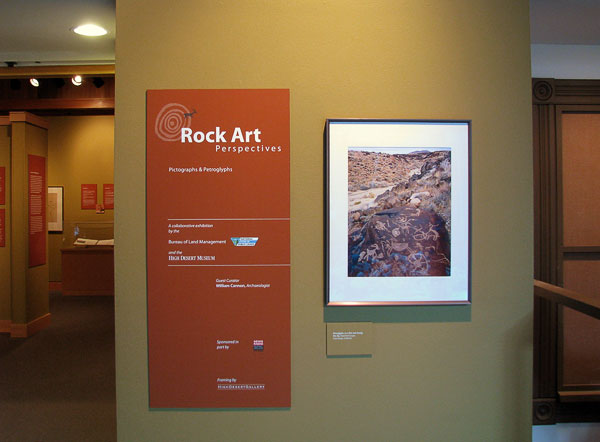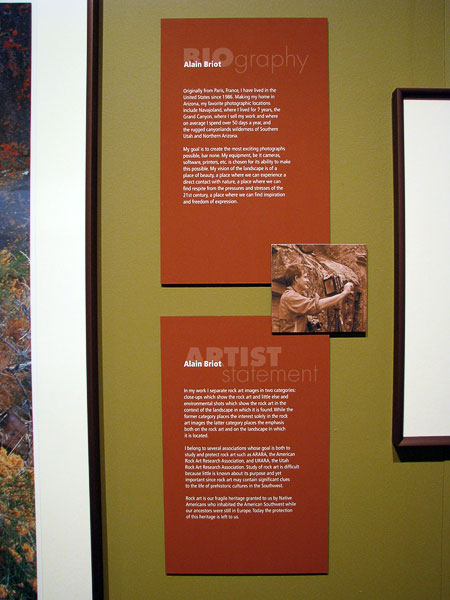Alain Briot
pro member
Rock Art Perspectives Show
Five of my large format rock art fine art prints are featured in the show Rock Art Perspectives: Pictographs and Petroglyphs at the High Desert Museum in Bend, Oregon.
Three photographers are featured in this show: Alain Briot, David Muench and Michael Frye.
The show runs until May 31st, 2009.
The official reception is on April 2nd.
I just posted some photographs of the show at this link:
http://beautiful-landscape.com/Portfolio-Rock-art-show.html
Here's two of them, more images are available at the link above:


Five of my large format rock art fine art prints are featured in the show Rock Art Perspectives: Pictographs and Petroglyphs at the High Desert Museum in Bend, Oregon.
Three photographers are featured in this show: Alain Briot, David Muench and Michael Frye.
The show runs until May 31st, 2009.
The official reception is on April 2nd.
I just posted some photographs of the show at this link:
http://beautiful-landscape.com/Portfolio-Rock-art-show.html
Here's two of them, more images are available at the link above:


